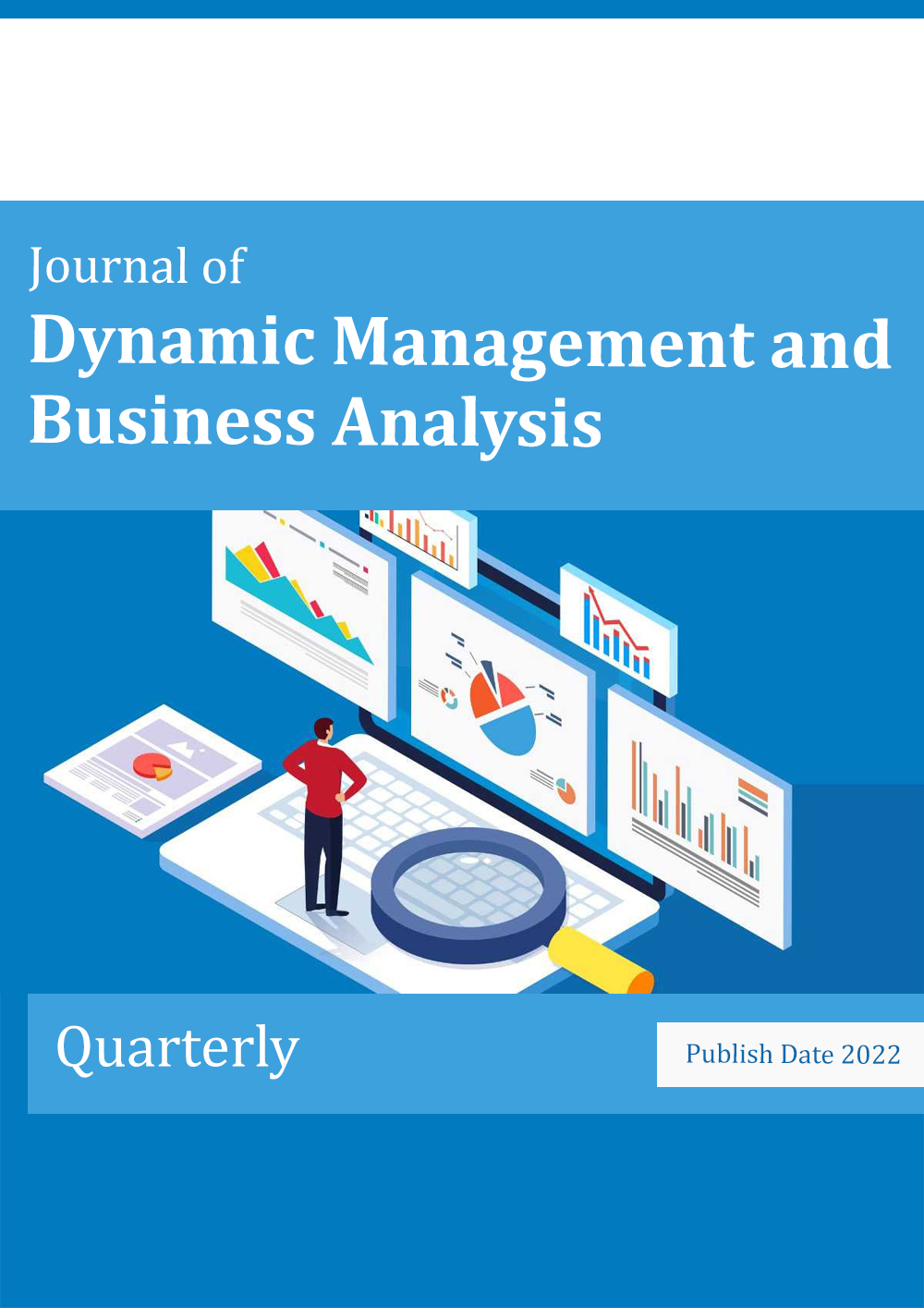The Threshold Effects of Exchange Rates and Real Interest Rates on Wealth Inequality in Iran with an Emphasis on Governance Quality
Keywords:
Exchange rate, real interest rate , wealth inequality , governance quality , financial developmentAbstract
Objective: This study aims to examine the threshold effects of exchange rates and real interest rates on wealth inequality in Iran, emphasizing the role of governance quality.
Methods and Materials: The research is applied in purpose, descriptive–analytical in nature, and post-event in data collection. The study covers annual time series data for Iran from 1991 to 2023. The model was estimated using a logistic smooth transition regression model (1LSTR) in which the exchange rate was selected as the transition variable. Model parameters were estimated through the maximum likelihood method using the Newton–Raphson algorithm. Unit root tests (PP) and Johansen–Juselius cointegration tests were performed to confirm the long-term equilibrium relationships among variables.
Findings: The nonlinear estimation results indicate that real interest rate, exchange rate, and trade openness have a positive effect on wealth inequality, while financial development, institutional quality, labor force, and physical capital formation show a negative relationship. The threshold value of the exchange rate transition variable was –0.45, and the adjusted R² value of 0.87 confirmed the model’s good fit. Diagnostic tests revealed no autocorrelation or heteroskedasticity, validating the robustness of the LSTR1 model.
Conclusion: The findings suggest that rising exchange rates and real interest rates aggravate wealth inequality in Iran, while improving governance quality and strengthening financial development can mitigate these adverse effects. Policymakers should focus on stabilizing exchange rate fluctuations, managing interest rates, and enhancing institutional quality to promote equitable wealth distribution and sustainable economic growth.
Downloads
References
Azizi, M., & Hosseini, Z. (2024). Wealth Inequality and the Effects of Monetary Policies in the Iranian Economy: An Econometric Model Approach. Quarterly Journal of Economic Research(40), 120-140.
Bradlow, B. H., & Kentikelenis, A. (2024). Globalizing green industrial policy through technology transfers. Nature Sustainability, 1-3. https://doi.org/10.1038/s41893-024-01336-4
Durand, C., Hofferberth, E., & Schmelzer, M. (2024). Planning beyond growth: the case for economic democracy within ecological limits. Journal of Cleaner Production, 437, 140351. https://doi.org/10.1016/j.jclepro.2023.140351
El Tinay, H. (2024). The semi-periphery and ecologically unequal exchange: carbon emissions and recursive exploitation. Environmental Sociology, 1-13. https://doi.org/10.1080/23251042.2024.2309407
Ghasemi, R., & Mousavi, F. (2023). Analyzing the Relationship Between Interest Rates and Income Inequality in the Iranian Economy. Journal of Financial and Banking Economics, 30(2), 150-180.
Heidari, A., & Abbasi, L. (2024). The Impact of Interest Rate Shocks on Wealth Distribution in Oil Economies. Journal of Energy Economics(14), 110-135.
Kazemi, M., & Gholami, S. (2024). The Impact of Monetary Policies on Income Distribution: A Case Study of Iran. Quarterly Journal of Financial and Banking Research(21), 95-115. https://doi.org/10.1016/B978-0-44-313776-1.00092-1
Magacho, G., Espagne, E., Godin, A., Mantes, A., & Yilmaz, D. (2023). Macroeconomic exposure of developing economies to low-carbon transition. World Development, 167, 106231. https://doi.org/10.1016/j.worlddev.2023.106231
Mousavi, Z., & Karimi, S. (2023). Investigating the Relationship Between Interest Rates and Wealth Inequality in the Iranian Economy. Iranian Economic Research, 28(3), 50-78.
Najafi, A., & Amiri, Z. (2023). The Relationship Between Exchange Rates and Income Inequality in Iran's Neighboring Countries. Regional Economics Scientific Journal, 12(1), 30-55.
Pirpour, H., & Samsami Mazra'e Akhound, H. (2025). Evaluating the effect of exchange rate fluctuations on core inflation using the stochastic Mundell-Fleming model and diagnosing the reciprocal relationship between exchange rate fluctuations and inflation deviations in Iran. Quantitative Economics.
Rahimi, S., & Jafari, M. (2024). Examining the Effect of Exchange Rate Fluctuations on Income Inequality in Iran. Quarterly Journal of Macroeconomics and Development(27), 80-105.
Rezaei, A., & Hosseini, N. (2024). The Impact of Exchange Rates on Income Inequality in Developing Countries. Quarterly Journal of Development Economics(53), 120-145.
Saeedi, A., Fallahi, M., & Esmaeilpour Moghadam, H. (2025). The Impact of Uncertainty from Monetary and Exchange Rate Policies on Financial Stability: A Markov Regime-Switching Approach in Iran's Economy. Monetary and Financial Economics. https://doi.org/10.22067/mfe.2025.93017.1537
Steinberger, J., Guerin, G., Hofferberth, E., & Pirgmaier, E. (2024). Democratizing provisioning systems: a prerequisite for living well within limits. Sustainability: Science, Practice and Policy, 20(1), 2401186. https://doi.org/10.1080/15487733.2024.2401186
Tausch, L., & Magacho, G. (2024). Challenges in the Transition to a Low-Carbon Economy for Developing Countries: Estimating Capital-Use Matrices and Imported Needs. https://doi.org/10.1080/09535314.2025.2520308
Downloads
Published
Submitted
Revised
Accepted
Issue
Section
License
Copyright (c) 2025 Mohsen Khanaki, Masoud Sofi Majidpour, Mahmoud Mahmoudzadeh, Mehdi Fathabadi (Author)

This work is licensed under a Creative Commons Attribution-NonCommercial 4.0 International License.






